10 Forgotten Luxuries Baby Boomers Once Considered Status Symbols
Ever catch yourself wondering why your parents or grandparents cherished things that seem so ordinary now? The world of luxury has shifted, and what once turned heads might now go unnoticed.
Let’s take a look at some of the status symbols Baby Boomers held dear. You might be surprised at how much these once-coveted items reveal about changing times.
Wall-to-wall carpeting

Wall-to-wall carpeting used to be a hallmark of a cozy, stylish home. For Baby Boomers, it wasn’t just about covering the floor—it meant comfort and a sense of accomplishment.
This thick, plush carpet made rooms feel warm and helped keep noise down. It was a sign you cared about making your home inviting.
Today, hard floors are more popular since they’re easier to clean. Carpets can trap dust and allergens, which some people try to avoid.
Back then, though, carpeting was a real sign of luxury. It showed you took pride in your home’s comfort and appearance.
Rotary dial phones
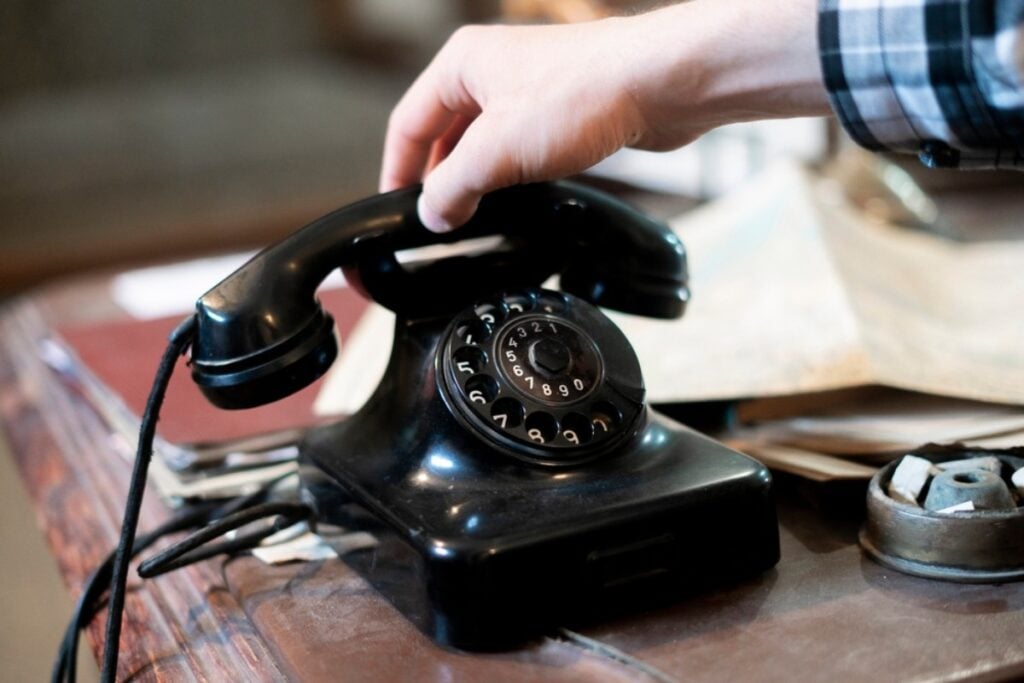
Remember when making a call meant spinning a dial and hearing those satisfying clicks? Rotary dial phones were a fixture in almost every home.
They made calling someone feel intentional. You had to remember numbers or jot them down, which gave each call a little more meaning.
These phones didn’t have screens or caller ID. You couldn’t text or scroll, so conversations felt more personal.
Today, rotary phones are mostly decorative. But they remind many people of a slower, more deliberate way of staying in touch.
Cable TV with commercial breaks

Cable TV was once the envy of the neighborhood. It brought a world of channels right into your living room.
Commercial breaks were just part of the experience. You might have used them to grab a snack or chat with family.
Streaming services mean you can skip ads now, but back then, cable felt like a luxury. It made evenings at home something to look forward to.
Cable TV connected you to entertainment and news beyond your own community. It was a little taste of the wider world.
Home ice makers
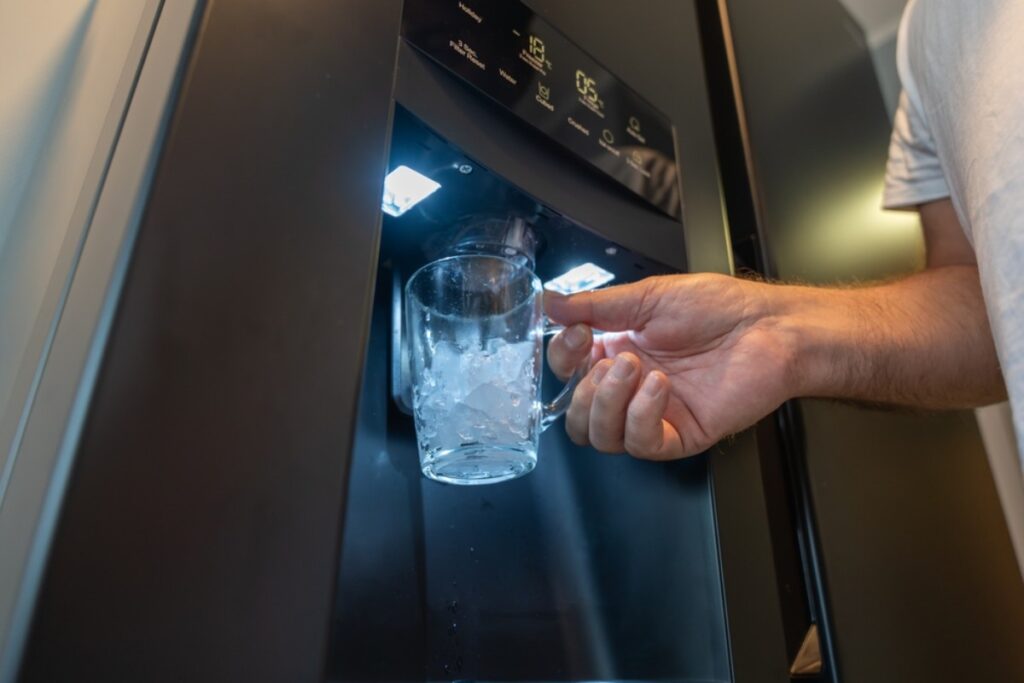
Having a home ice maker was a big step up from filling trays in the freezer. It meant you could serve cold drinks anytime, especially when friends dropped by.
Not every fridge had one, so owning an ice maker felt special. It made hosting easier and showed you were keeping up with modern conveniences.
Now, ice makers are pretty standard. But for Baby Boomers, they were a sign of comfort and a bit of everyday luxury.
Landline phones with cords

A landline phone with a cord was once the heart of the household. Family members would gather around it to share news or catch up with relatives.
The long, curly cord stretched into the hallway or kitchen. You might remember racing to answer before someone else did.
There were no missed call notifications—if you weren’t there, you missed out. It made every conversation feel a little more important.
Landlines may seem outdated now, but they were a symbol of being connected and part of a community.
Formal dining rooms
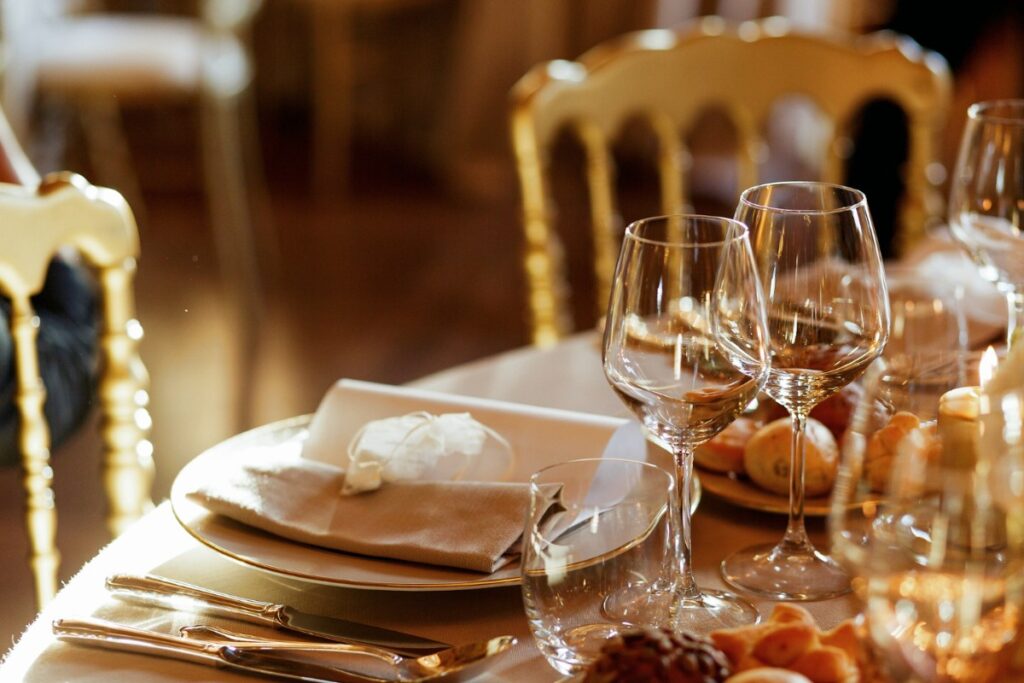
Formal dining rooms stood for tradition and special occasions. They were the backdrop for family dinners, holidays, and celebrations.
Fine china and keepsakes often filled glass cabinets. These rooms showed off a family’s history and sense of pride.
Today, many people prefer open spaces and casual meals. But for Baby Boomers, the dining room was a place to create memories and honor family traditions.
Hurricane lamps
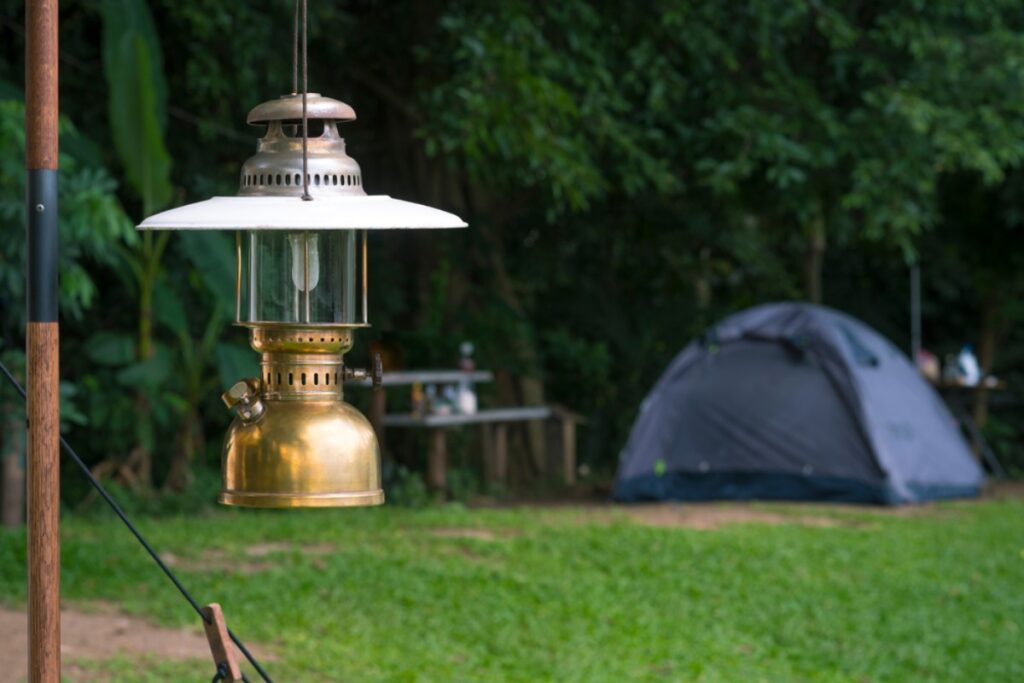
Hurricane lamps brought a calming glow during power outages or quiet evenings. They made rooms feel safe and comforting.
Owning one meant you were prepared for anything. It also added a bit of old-fashioned charm to the home.
These days, hurricane lamps are mostly decorative. But they remind us of slowing down and enjoying simple moments.
Encyclopedia sets

A full set of encyclopedias on the shelf was a badge of honor. It showed your family valued learning and had invested in knowledge.
Before the internet, these books were the go-to source for school projects or satisfying curiosity. They represented being well-read and prepared.
Encyclopedia sets took up space and weren’t cheap, but they were a clear sign of stability. Now, they might just collect dust, but they once stood for something bigger.
Built-in ashtrays in cars

Built-in ashtrays were once as common as seatbelts. Smoking was a regular part of life, and cars had special spots just for ashes.
Ashtrays and lighters were little touches of convenience. They even added a bit of style to the car’s interior.
As smoking habits changed, these features disappeared. Today’s cars have USB ports and cup holders instead.
For Baby Boomers, those ashtrays are a reminder of a time when even small luxuries were part of everyday life.
Vinyl record collections
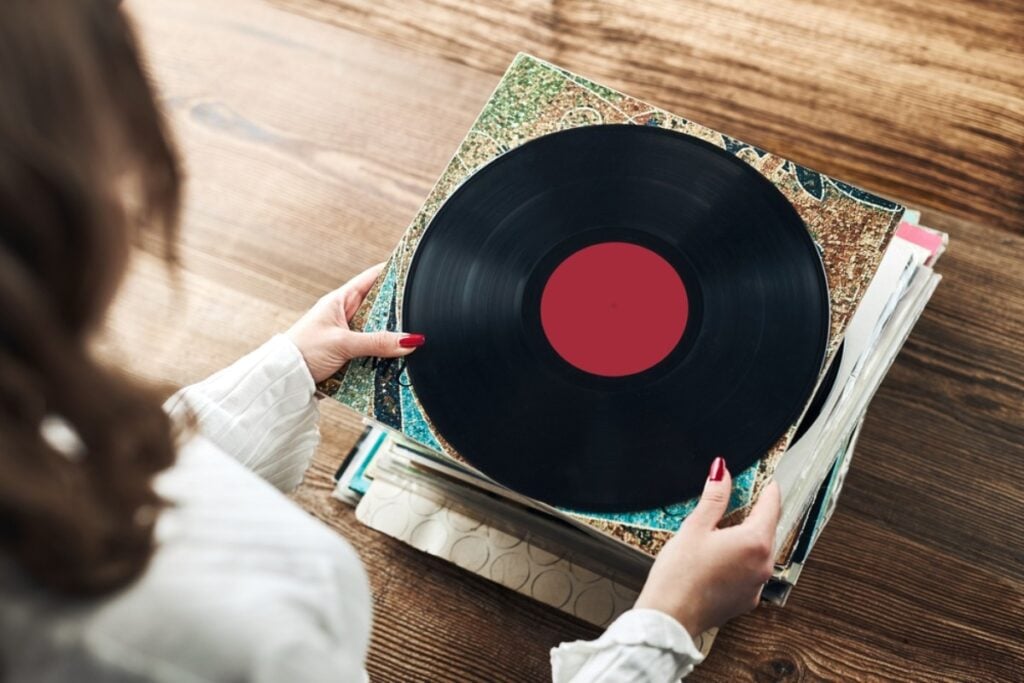
Remember the days when flipping through a stack of records was the highlight of a lazy afternoon? There was something special about choosing just the right album to play.
Each vinyl record felt like a treasure, holding memories of late nights with friends or family gatherings. The covers themselves were works of art, often sparking conversations before the music even started.
Albums by bands like The Beatles or The Rolling Stones were more than just music. They became symbols of your personality and taste.
Maybe you still have your collection tucked away in a closet or displayed proudly in your living room. The sound of the needle dropping, followed by that familiar crackle, brings back a wave of nostalgia.
Back then, collecting records took some effort and a bit of saving up. Finding a rare album at a local shop felt like striking gold.
Even as trends change, those vinyl records continue to hold a special place in your heart. They remind you of a time when discovering a new song was an experience to savor.







